MOTH
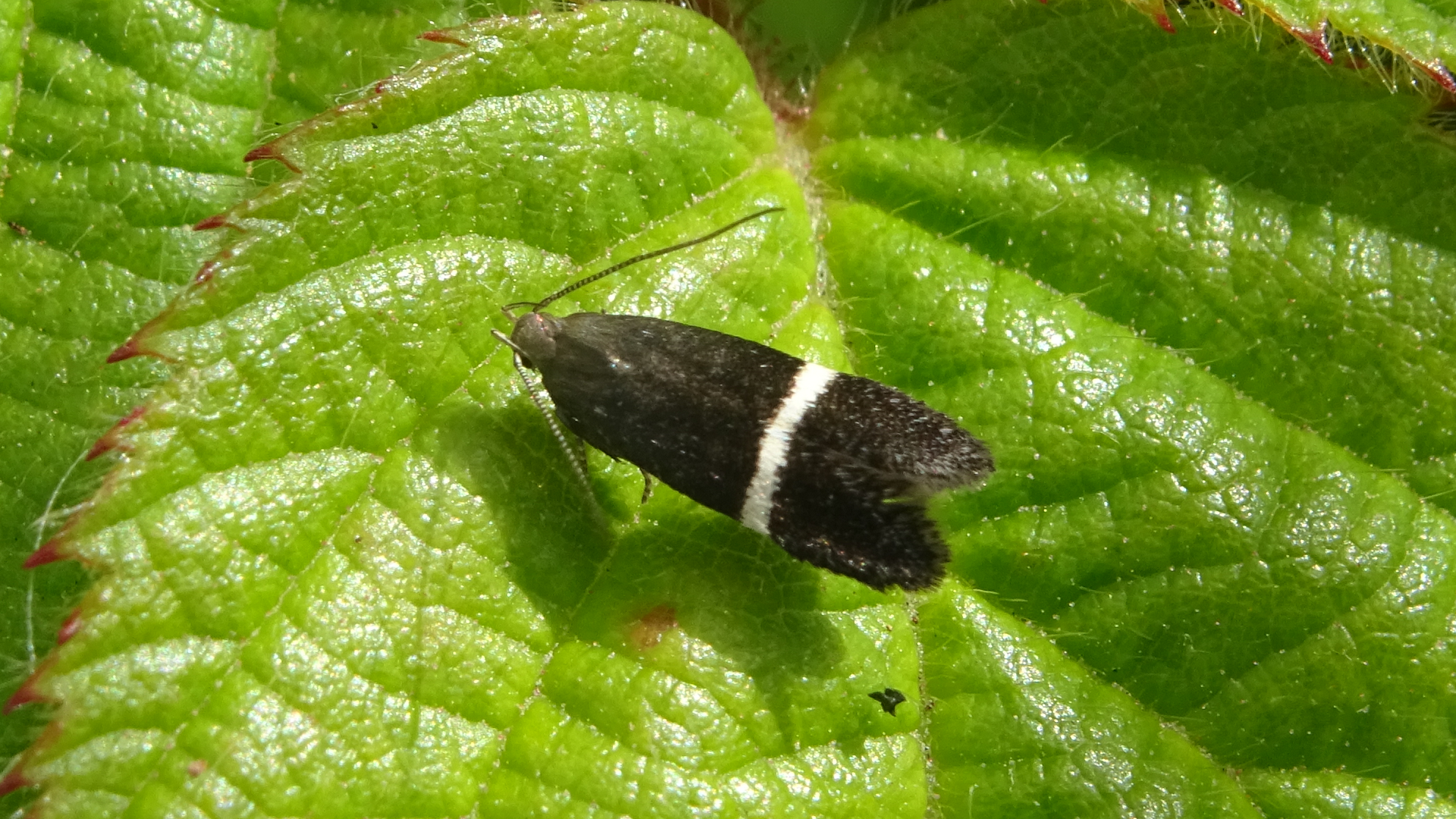
© Raymond Small TQ4894 04/07/2024
Aproaerema sp.
This is one of several moths belonging to the family Gelechiidae that are very similar in appearance. The family sometimes referred to as 'Twirler moths' are usually tiny with narrow fringed wings.
IRIS SAWFLY

© Raymond Small TQ4793 05/07/2024
Rhadinoceraea micans
Four weeks ago the early instars of the Iris Sawfly were rather plain in appearance. Late instars are brownish and have white spots.
THISTLE TORTOISE BEETLE
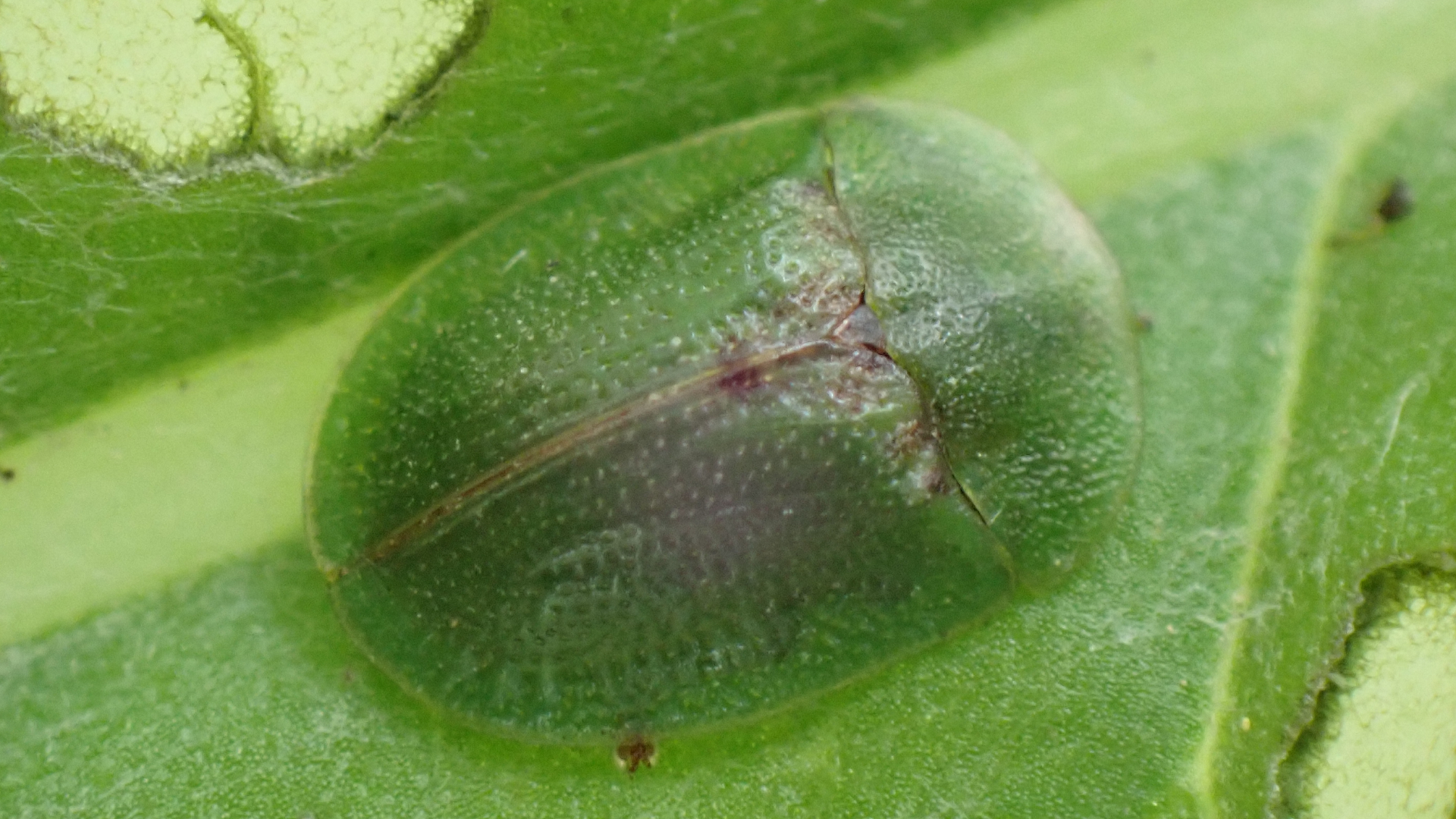
© Raymond Small TQ4792 05/07/2024
Cassida rubiginosa
A common beetle that lives on creeping thistle, but not always easy to see due to its relatively small size (7mm) and ability to blend in well when sitting flush against a thistle. From egg to adult may take as little as 5 or 6 weeks with the adult lifespan being about 20 months.
ROSE-STEM GIRDLER
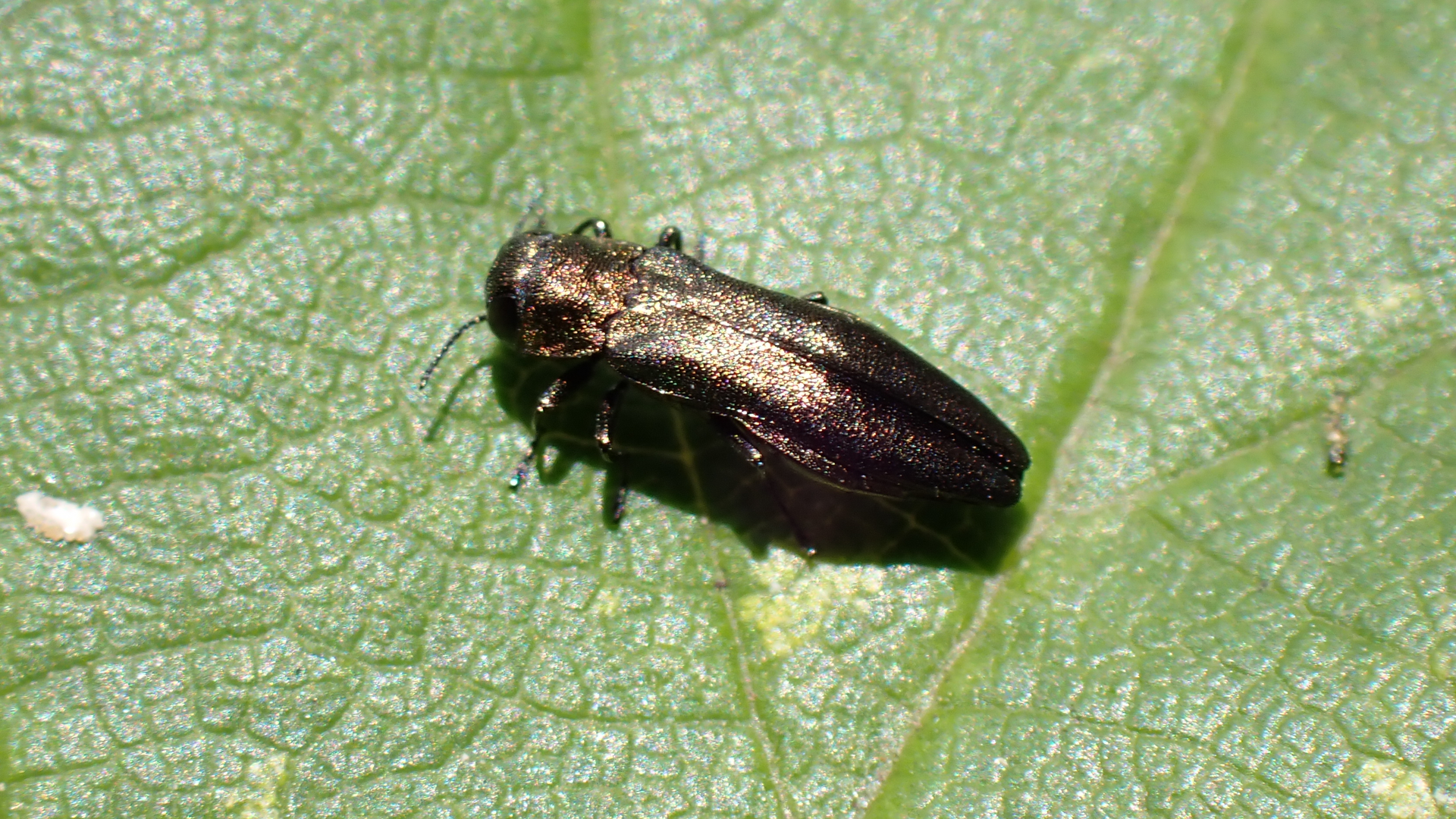
© Raymond Small TQ4692 04/07/2024
Agrilus cuprescens
This metallic wood-boring beetle belongs to a group known as Jewel Beetles. Close examination is required due to its similarity with other species. Thank you to Adrian Knowles and Rob Smith at Essex Field Club for the identification. This species likes to bask on bramble leaves in the sun and is a fairly recent arrival to Essex. The copper-coloured adults have a narrow tapering end to the abdomen. Morning is their preferred time for feeding, mating, and egg laying. They like to rest on foliage during the evening. Females must feed prior to laying eggs. Temperature affects how long their eggs take to hatch which can be from four to fourteen days.
LEAFHOPPER

© Raymond Small TQ4793 02/07/2024
Eupteryx urticae
A spectacular leafhopper measuring 3mm in length usually encountered on nettles from May to November.
These tiny insects, sometimes referred to as 'hoppers', are plant feeders that suck sap. Leafhoppers are generally thinner and smaller than froghoppers, they also have a row of prominent, regular spines on the rear tibiae.
NURSERY WEB SPIDER
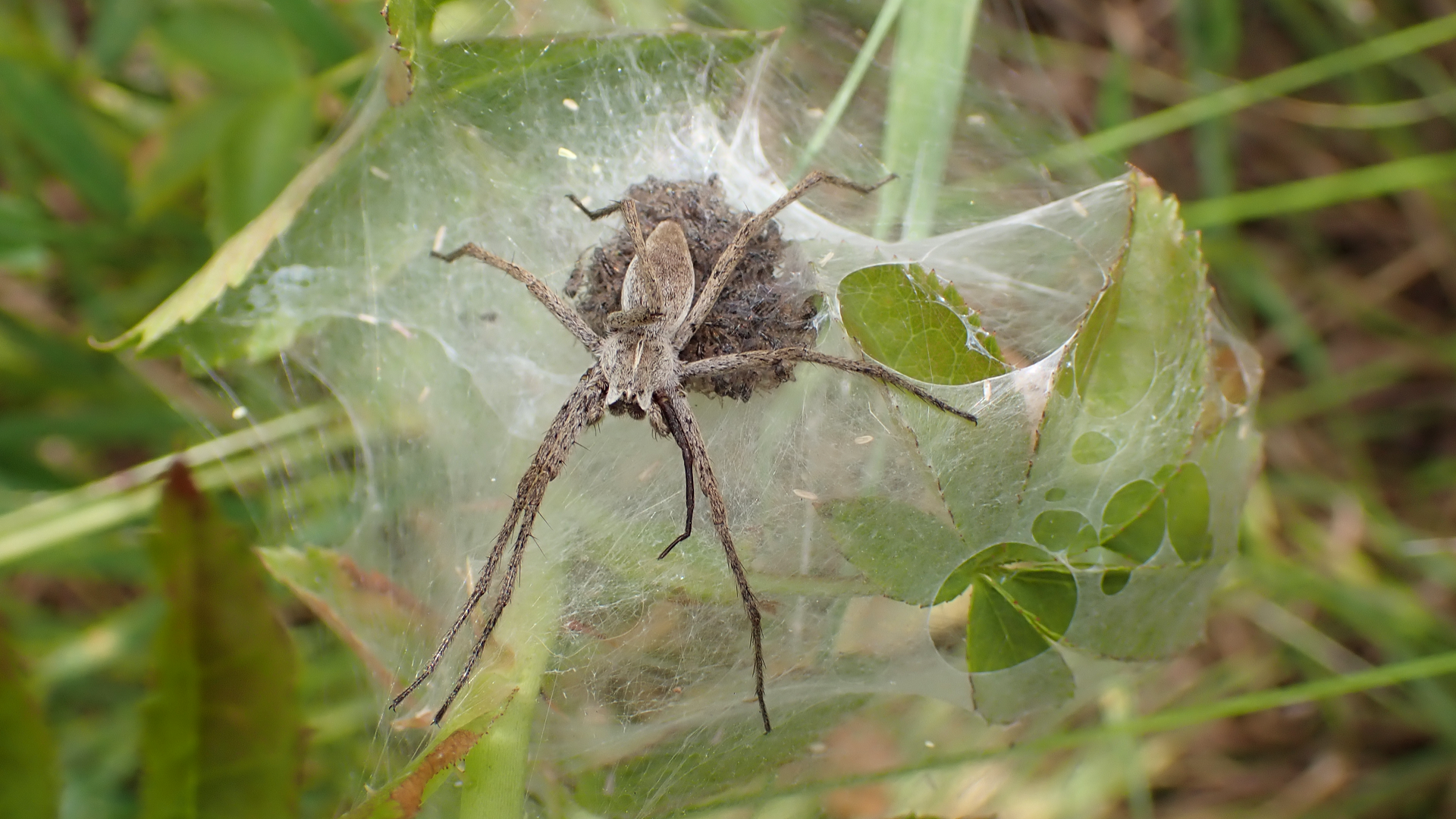
© Raymond Small TQ4792 14/07/2024
Pisaura mirabilis
Nursery web spiders bask on brambles and nettles. They do not use webs to snare prey instead they prefer to sprint after and grab their meals. The female carries around an egg-sac until the time for hatching approaches. She then builds a webbed tent on vegetation which will provide protection for the young until they leave the nest.
HOP TREFOIL
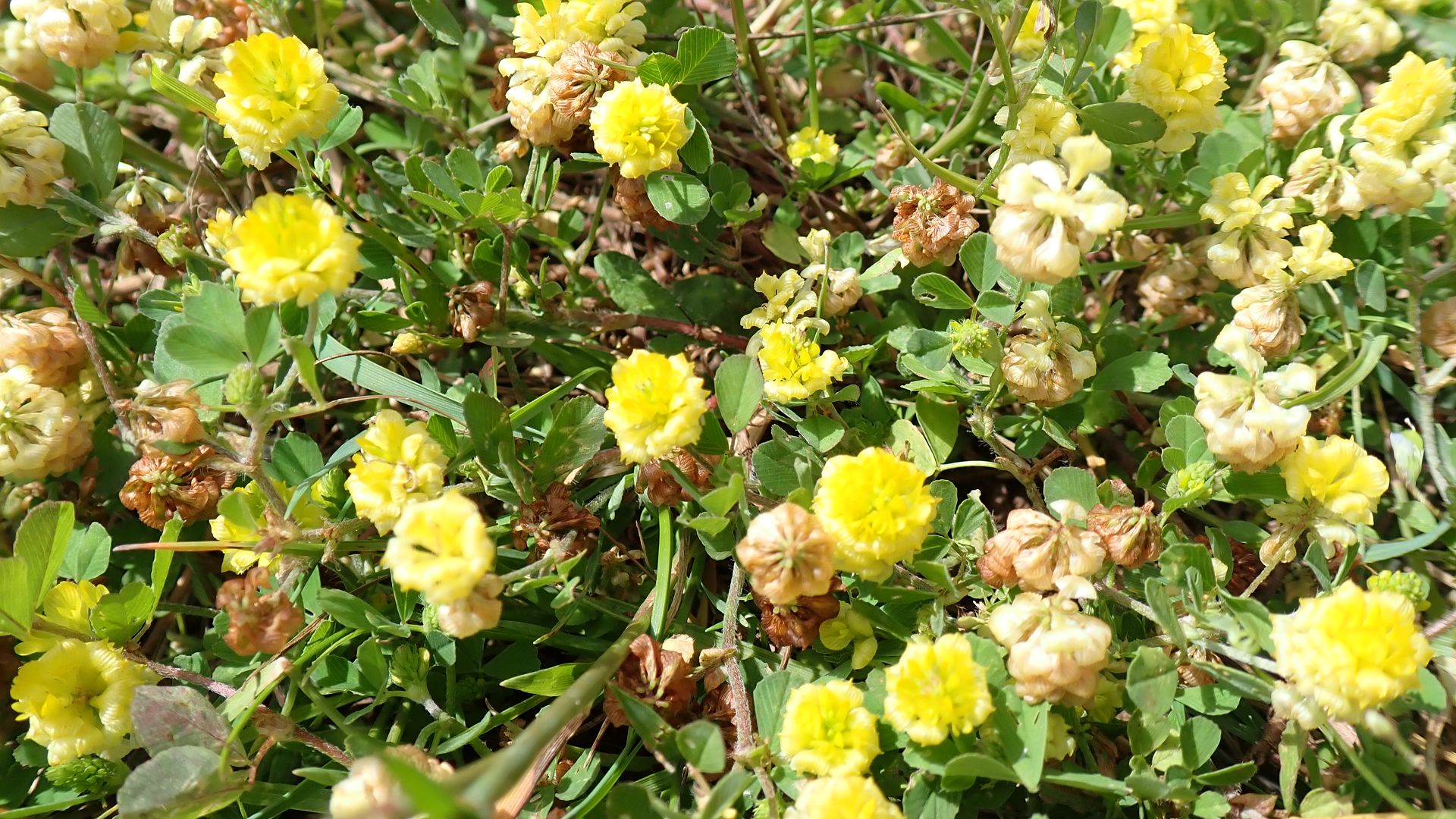
© Raymond Small TQ4893 04/07/2024
Trifolium campestre
Short, hairy annual with long-stalked trefoil leaves found in dry grassland. The roundish yellow flowers (10-15mm) appear from May until September. Dead flowers turn light-brown and hide the pods. Not a very common plant in Hainault Forest.
GREATER BIRD'S-FOOT TREFOIL
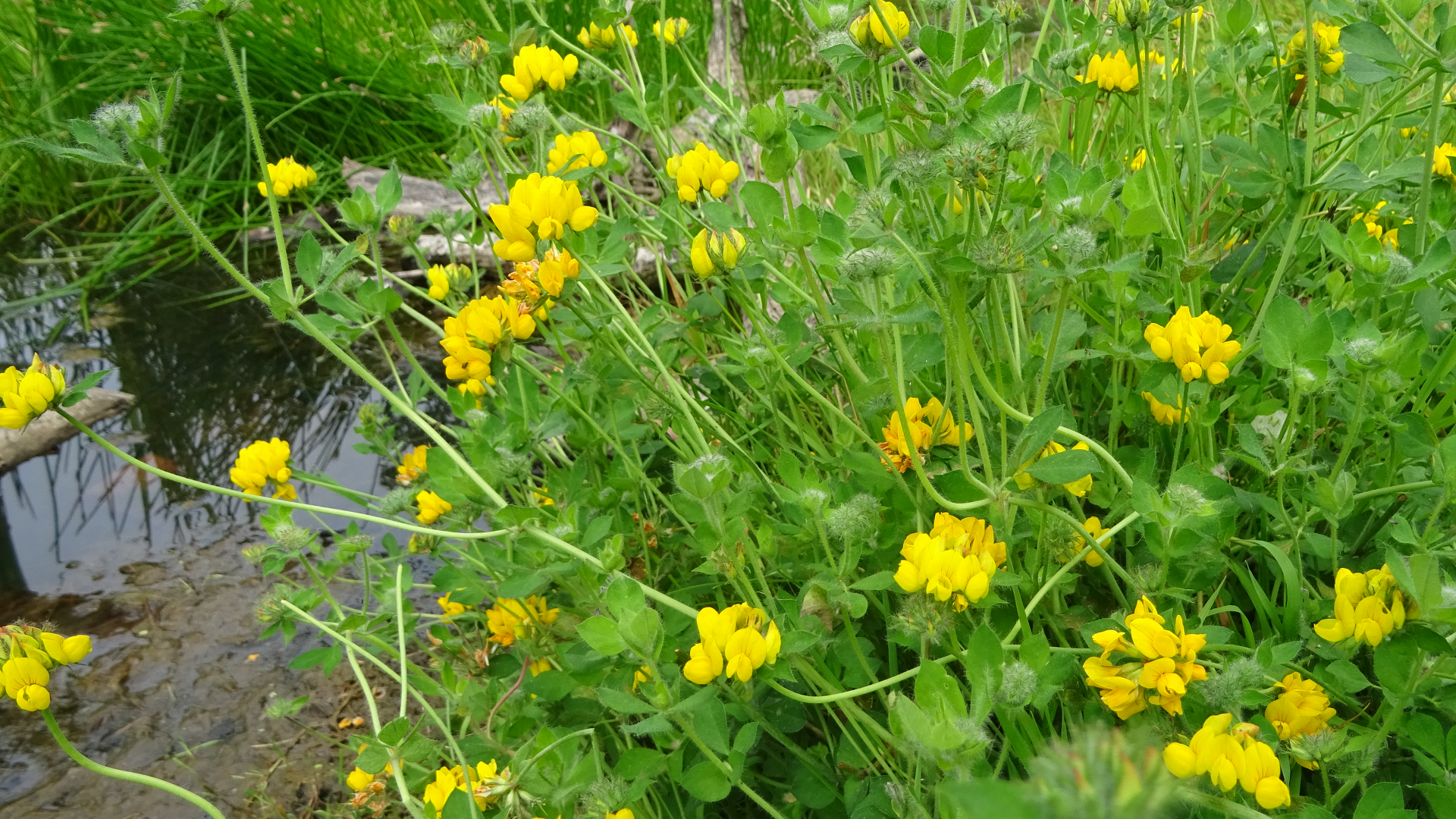
© Raymond Small TQ4792 04/07/2024
Lotus pedunculatus
Perennial found in damp locations from June until August. Its yellow or orange-yellow flowers (10-18 mm) appear together in groups of 5 to 12. The hollow stemmed plants grow to a height of roughly 50 cm. They are stoloniferous, with greyish, often downy leaves and have spreading sepals when in bud.
TUFTED VETCH

© Raymond Small TQ4893 04/07/2024
Vicia cracca
Perennial found in rough grassland that bears bluish-violet flowers (10-12 mm) at equal distances on one side of a central stem (raceme). Flowers nearer the stem base open first. Plants can reach a height of two metres, however they are usually shorter. Pinnate leaves with up to twelve pairs of leaflets end in branched tendrils. Flowers appear from June until August.
ENGLISH STONECROP
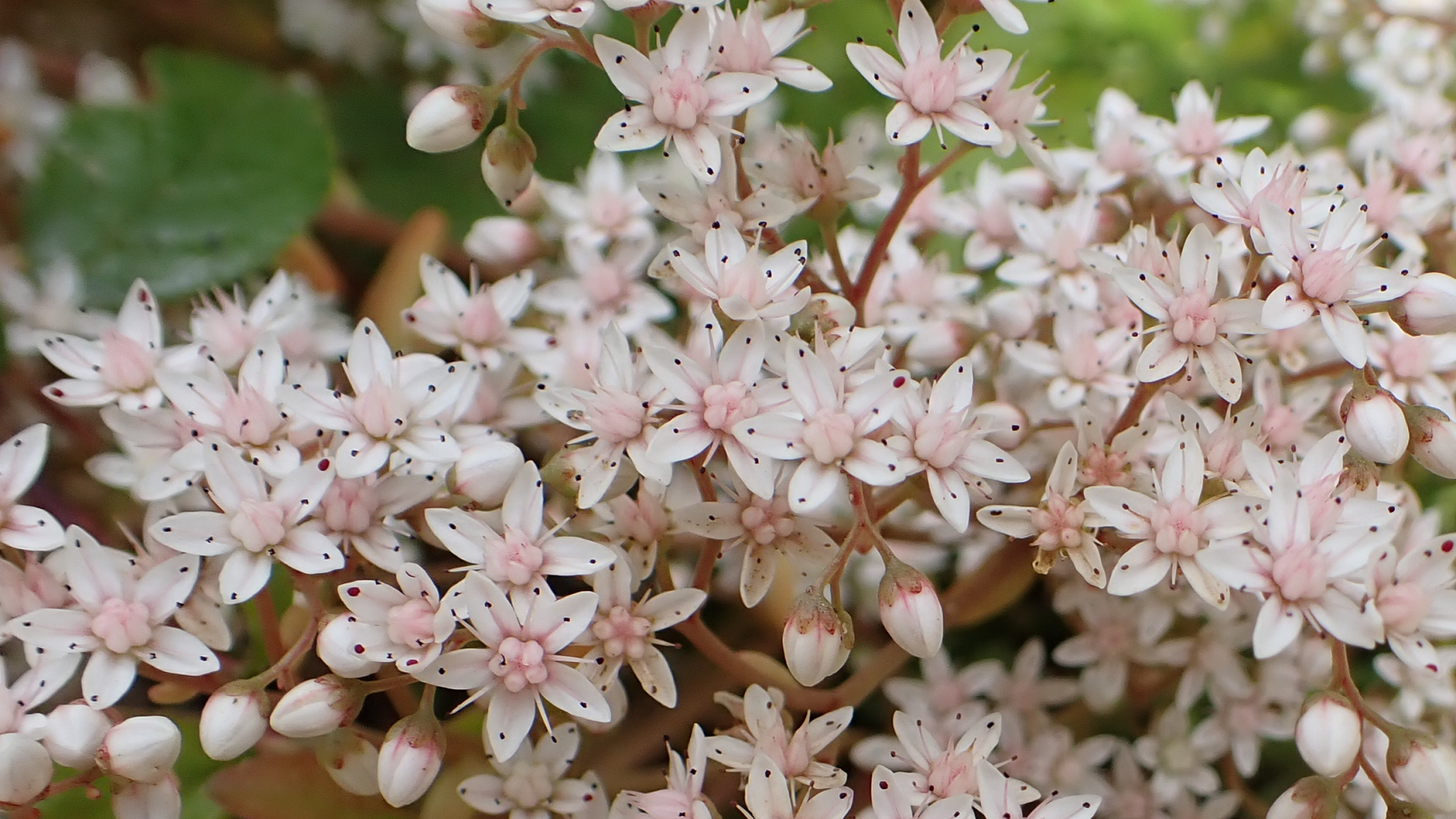
© Raymond Small TQ4792 11/07/2024
Sedum anglicum
This creeping perennial can be found at the edge of the lake path not far from the outflow where there are several small mats growing up to 5 cm high. The five-petalled flowers, 11-12 mm across, are on dense leafy stems. The leaves, 3-5 mm long, are fleshy and cylindrical. This plant is often associated with coastal paths. The website has not recorded it in the forest before.
WATER PLANTAIN
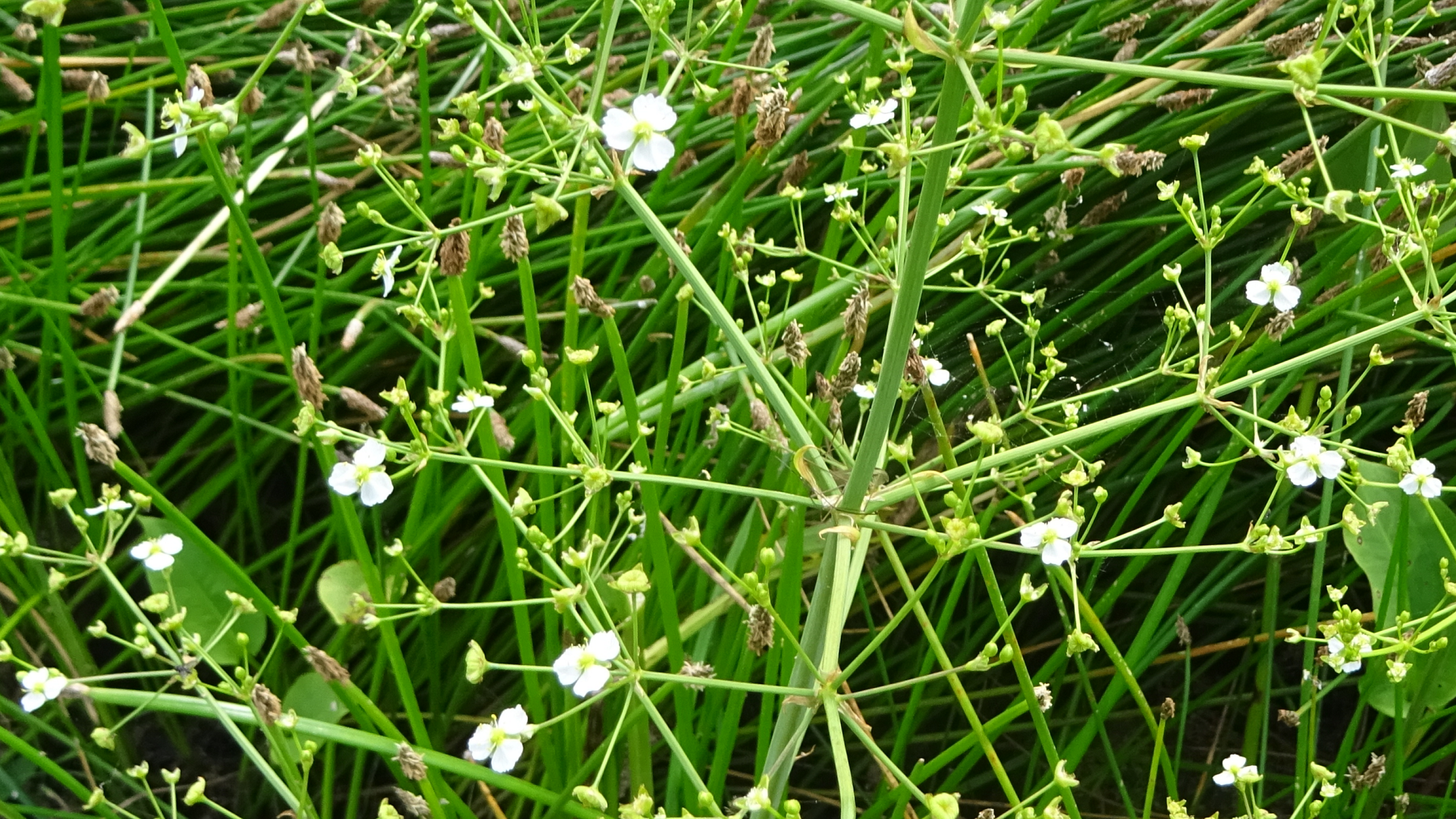
© Raymond Small TQ4994 04/07/2024
Alisma plantago-aquatica
A tall, hairless, oval-leaved, perennial with a preference for shallow water and muddy banks. It blooms from June until September, producing tiny pink-tinged flowers on branching stems.
PURPLE LOOSESTRIFE
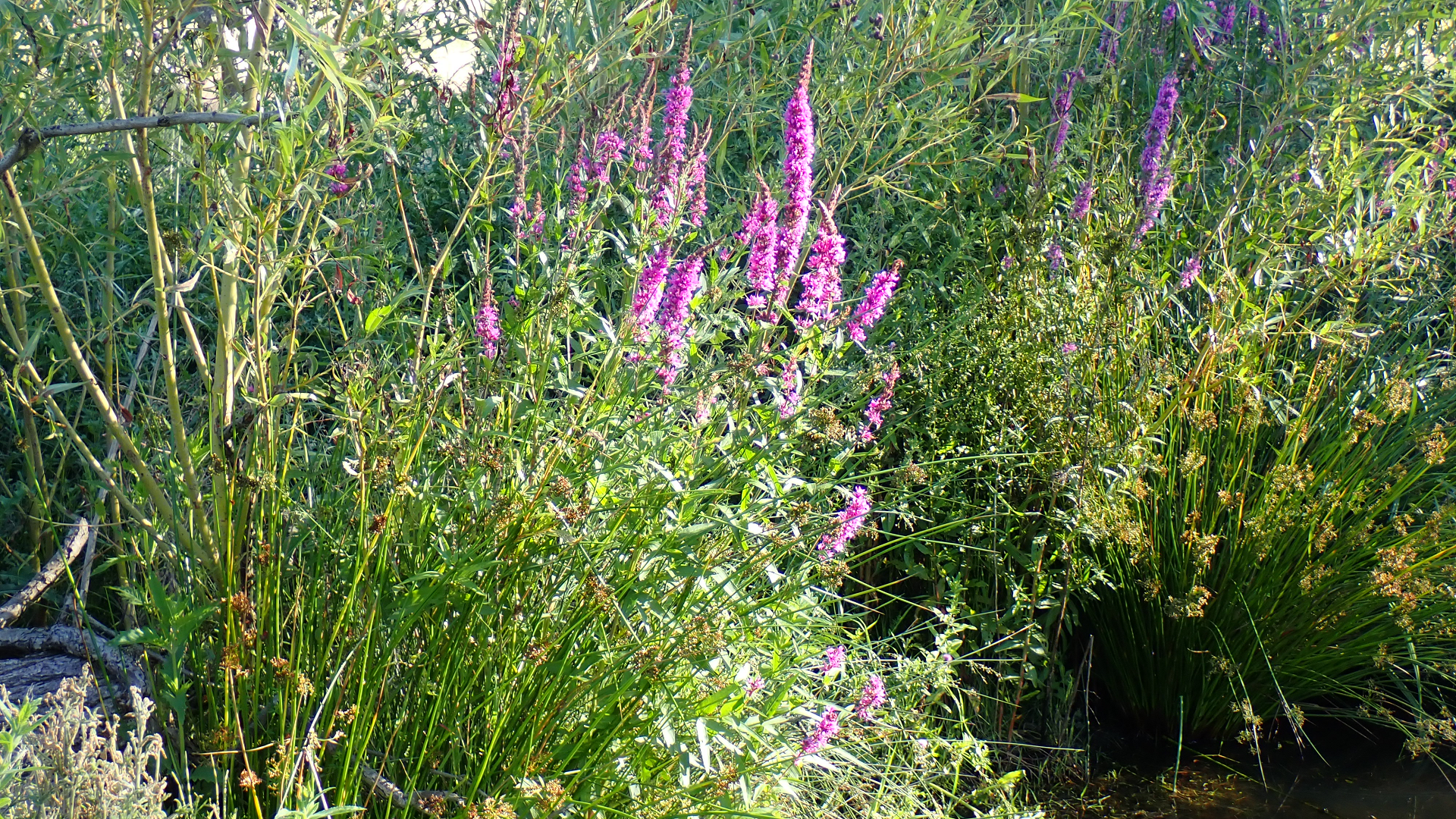
© Raymond Small TQ4792 11/07/2024
Lythrum salicaria
Purple loosestrife is a common plant that grows up to 1.5 metres tall in wet habitats with purple flowers appearing on spikes from June until August. Its long green leaves grow in opposite pairs up the stem.
WELD
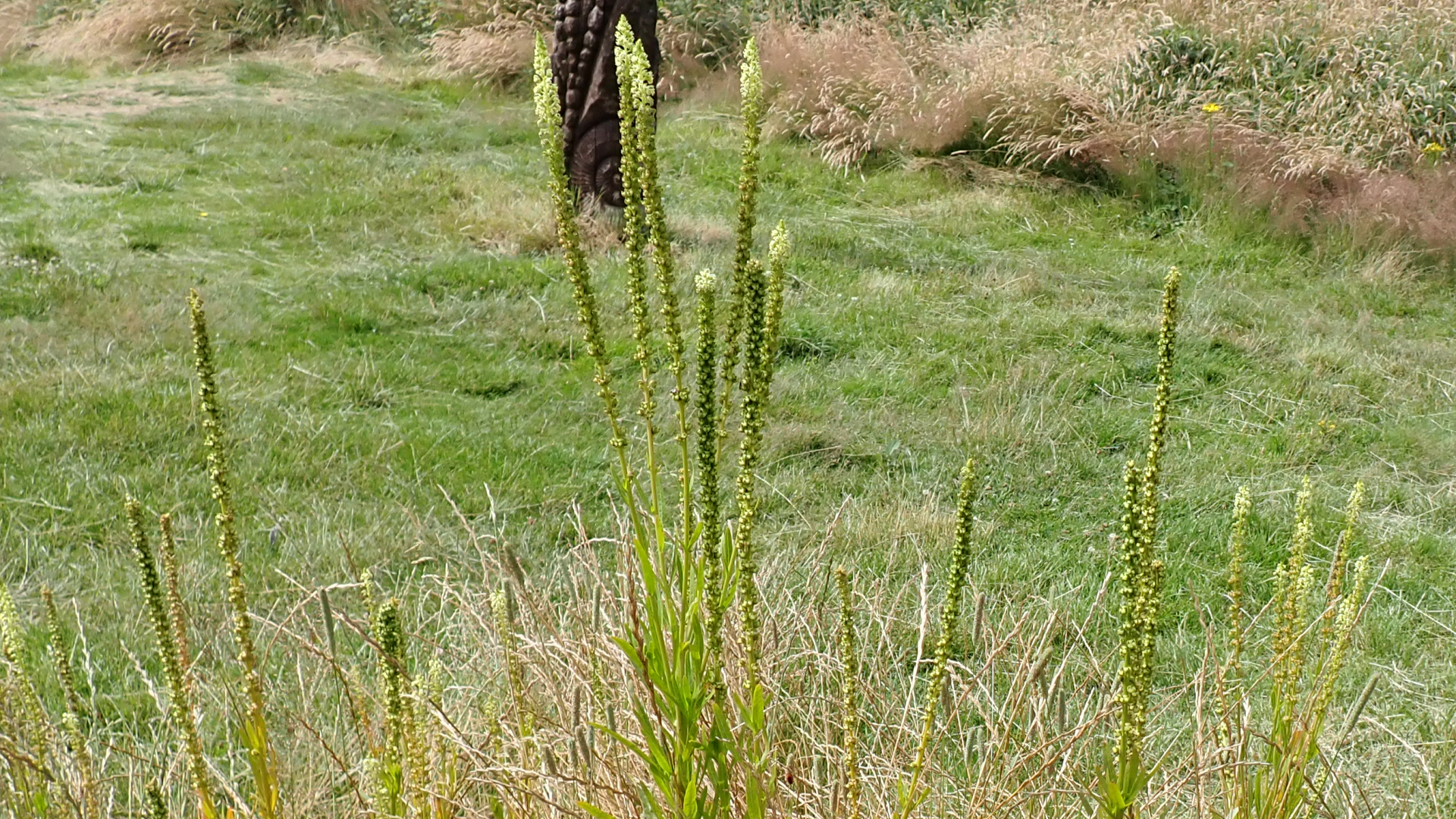
© Raymond Small TQ4792 16/07/2024
Reseda luteola
Weld is a hairless biennial, also known as Dyer's Rocket, sometimes seen near Woodhenge from June until September. Its develops yellow flowers on tall spikes that grow up to 2 metres tall and has unlobed, wavy-edged, lanceolate leaves. Historically, the Romans made a yellow dye from the flowers to colour wedding garments and also robes worn by the Vestal Virgins.
MEADOW CRANESBILL

© Raymond Small TQ4792 02/07/2024
Geranium pratense
Found in meadows in sunny locations. Its large blue flowers change into pointed, bill-like seed pods, hence its common name. The leaves are lobed and deeply divided.
BLACK HOREHOUND

© Raymond Small TQ4792 02/07/2024
Ballota nigra
Black Horehound has pinkish hooded flowers arranged in whorls around the top of its square stems from June until September. The leaves are hairy with toothed edges. It has a pungent smell, especially when the leaves are crushed and is known colloquially as 'Stinking Roger'. Black Horehound belongs to the Mint family.
PERFORATE ST. JOHN'S WORT

© Raymond Small TQ4792 02/07/2024
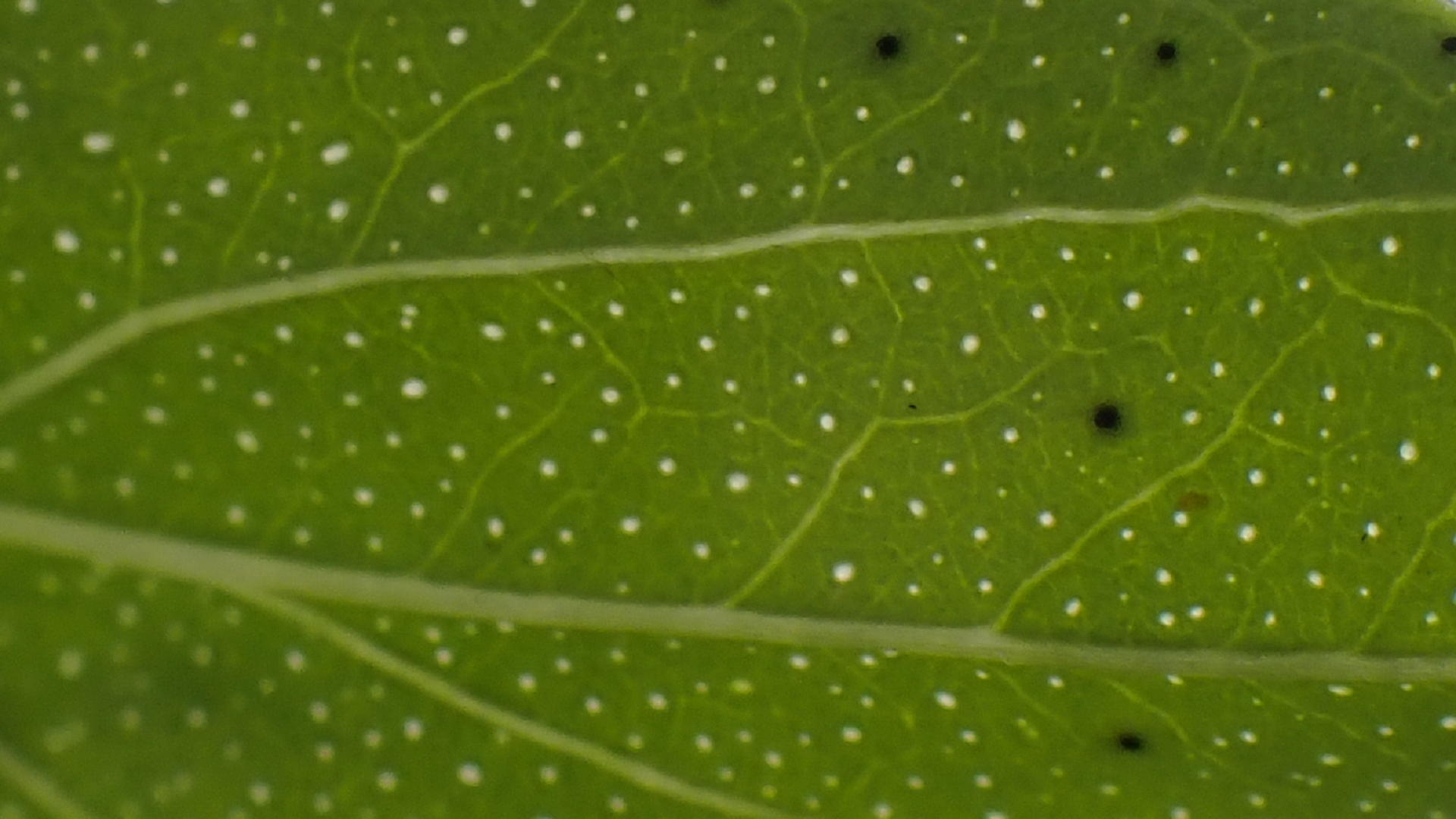
© Raymond Small TQ4792 05/07/2024
Hypericum perforatum
This plant of hedgerows and rough grassland grows up to 80 cm tall. Holding a leaf up to the light will reveal lots of tiny perforations - a useful characteristic when identifying this species. Its yellow flowers appear from June until September.
COMMON CENTAURY

© Raymond Small TQ4894 04/07/2024
Centaurium erythraea
Low-growing grassland plant commonly found in the cattle fields on the east side of Hainault Forest. It blooms from June until September producing pink five-petalled flowers that close in the afternoon. There is a basal rosette of oval leaves and leaves also appear in opposite pairs up the stem.
CODLINS AND CREAM
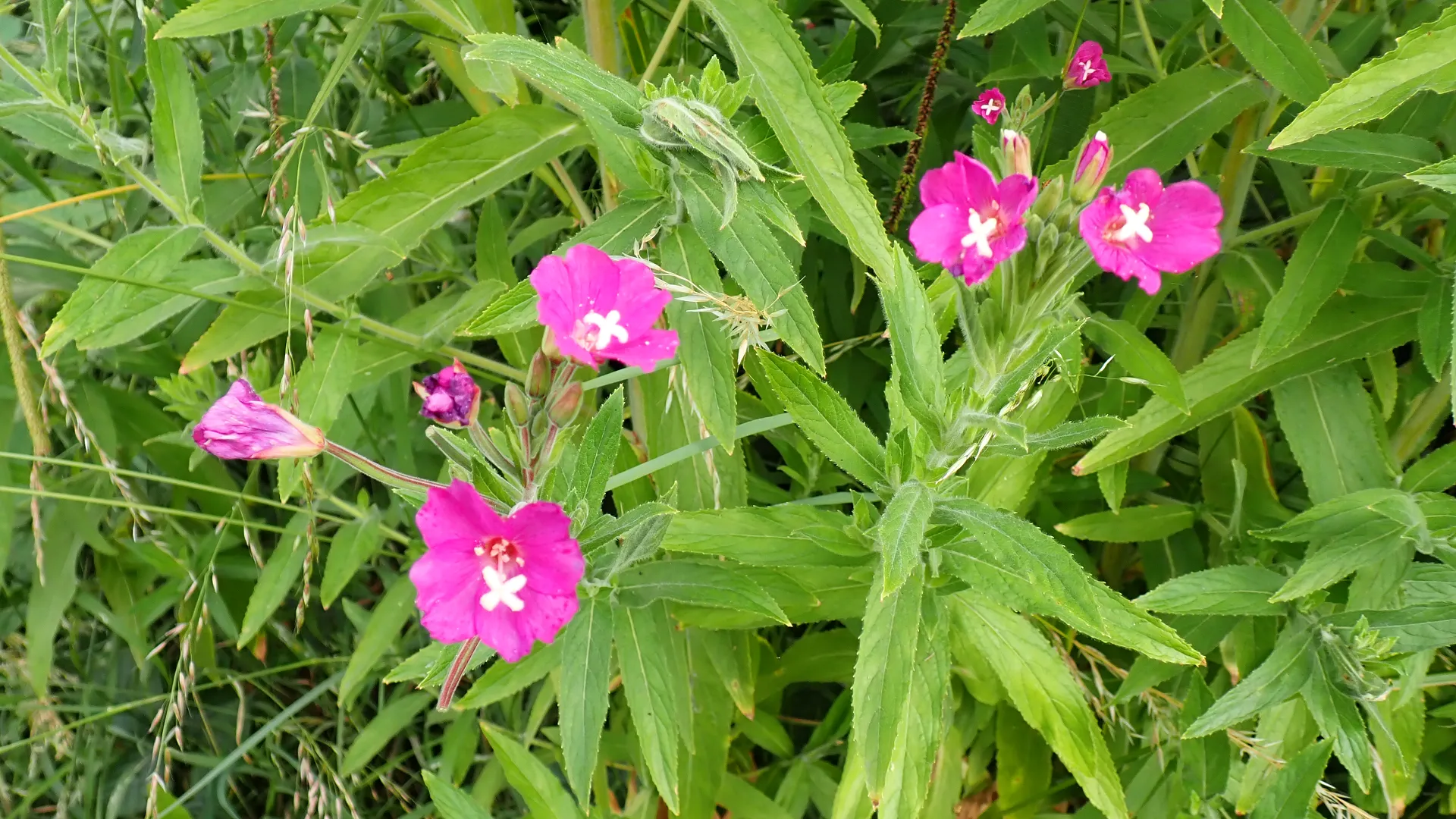
© Raymond Small TQ4692 13/07/2024
Epilobium hirsutum
Also known as Great Willowherb, this is a tall, hairy, plant that grows up to 2 metres tall. It has a preference for damp areas. Flowers appear from July to August which turn into fluffy seeds that are dispersed by the wind. The lanceolate leaves sit opposite each other on the stems.
BRACKEN

© Raymond Small TQ4793 05/07/2024
Pteridium aquilinum
Bracken is a large fern that covers large areas of the forest floor. Its large, green, branched fronds start appearing during spring and die back to brown in winter. Being a true fern it does not produce flowers or seeds, but spreads by using spores in bodies called 'sori', which form continuous lines on the undersides of the fronds.

